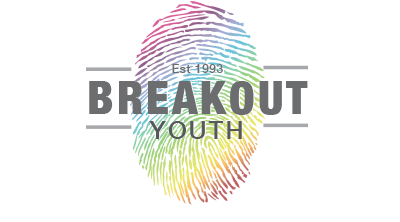Transgender Day of Visibility
With Trans Day of Visibility on the 31st of March, we thought it would be a good idea to give some insight into what it’s like to be transgender:
If you want to understand what it means to be transgender, you need to begin by taking a step back from what you think you already know. Stop thinking about it in terms of “What if I wanted to be another gender?” and instead try “What if my gender was so easily misread that it affected my entire life?”
Suddenly, you can’t use toilets in public for risk of being attacked or screamed at. You can’t shop for clothes in peace or try them on in the changing rooms without receiving confused or even disgusted looks. You can’t meet someone new without them instantly assuming the wrong gender for you, and any attempt to correct them is likely to be met with disbelief or scorn.
Of course, this is a very condensed version of events, only really encompassing a very small section of transgender experience. For feminine-aligned people who were assigned male at birth, including trans women and some non-binary folks, leaving the house with their desired presentation can be wildly dangerous, even lethal in some cases. In America, the average life expectancy of a transgender woman is her mid-twenties. For trans women of colour it’s even younger.
For many non-binary people, navigating a world so entrenched in exact ideas of “male” and “female” when they do not fall strictly into either category can be exhausting. It is almost impossible to truly exist as themselves without having to give every person they meet a lecture on ‘A Brief Deconstruction of Gender as You Know It,’ simply for the chance that the right pronouns and descriptors might then be used.
There is also a dearth in information that centres and supports the trans community. Most of the knowledge passed around is only formed from word-of-mouth and rumour, lacking medical and scientific backing and making it all that much harder to safely navigate the world as a transgender person. For example, the act of binding (compressing breast tissue to give the appearance of a flat chest, often performed by trans men and some non-binary folks) has been well-known to cause numerous health risks, from bruised ribs to punctured lungs. A set of rules has been developed to help mitigate these issues but these can change depending on who you ask – should you bind for a maximum of eight hours or twelve? Are hand-made binders safe to use under some circumstances or should they be avoided at all costs? The only common consensus seems to be that constriction bandages should never be used. Despite these looming concerns however, most doctors have never heard of binding, and have no idea how to advise patients in order to keep them safe.
A disturbing majority of doctors, including GPs, have no clue how to go about helping transgender patients at all. Many trans folks instead find themselves educating their doctors when they seek help, and have often been denied healthcare for entirely separate conditions on the basis of their gender.
Despite all this, life does not have to be solely doom and gloom for transgender people. With likeminded friends, like those found at Breakout and other LGBTQ+ youth groups, and supportive family, we can face the challenges thrown at us by the world and go on to lead happy and fulfilled lives as the gender we truly are.
Written by Dae Andrew Fletcher


